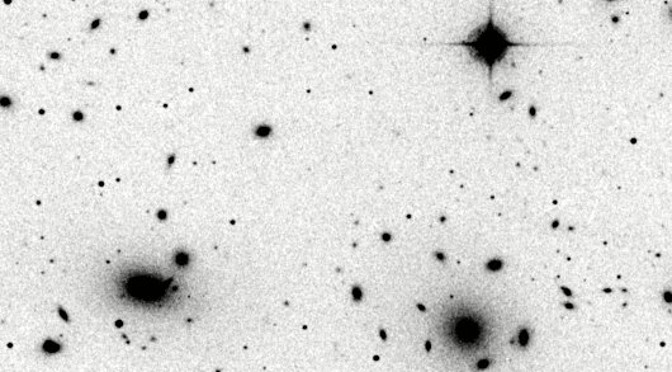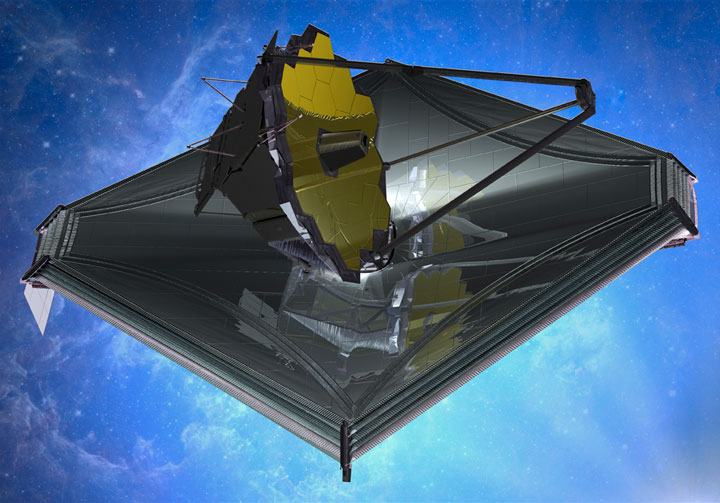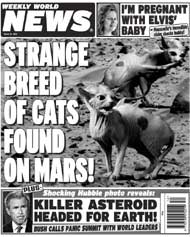
The latest NASA space probes to make the news have zoomed to the farthest reaches of the solar system, and their names – Pluto’s New Horizons, comet 67P/Churyumov-Gerasimenko’s Rosetta and Philae – reflect the ambition and spirit of discovery behind them.
But who gets to pick those evocative names, and is there any pattern that ties them together? Read on …
What’s Way Cooler Than Naming a Kid? Naming a NASA Spacecraft



